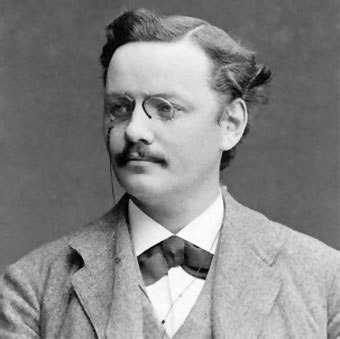On the limits of Adam Smith’s invisible hand [embedded content] It might look trivial at first sight, but what Harold Hotelling showed in his classic paper Stability in Competition (1929) was that there are cases when Adam Smith’s invisible hand doesn’t actually produce a social optimum. With the advent of neoclassical economics at the end of the 19th century, a large amount of intellectual energy was invested in trying to formalize the stringent conditions of obtaining equilibrium and showing in what way the prices and quantities of free competition constituted some kind of social optimum. That the equilibrium reached in free competition is an optimum for each individual – given prevailing prices and income distribution – was not, however, seen by some
Topics:
Lars Pålsson Syll considers the following as important: Economics
This could be interesting, too:
Lars Pålsson Syll writes Schuldenbremse bye bye
Lars Pålsson Syll writes What’s wrong with economics — a primer
Lars Pålsson Syll writes Krigskeynesianismens återkomst
Lars Pålsson Syll writes Finding Eigenvalues and Eigenvectors (student stuff)
On the limits of Adam Smith’s invisible hand
It might look trivial at first sight, but what Harold Hotelling showed in his classic paper Stability in Competition (1929) was that there are cases when Adam Smith’s invisible hand doesn’t actually produce a social optimum.
With the advent of neoclassical economics at the end of the 19th century, a large amount of intellectual energy was invested in trying to formalize the stringent conditions of obtaining equilibrium and showing in what way the prices and quantities of free competition constituted some kind of social optimum.
That the equilibrium reached in free competition is an optimum for each individual – given prevailing prices and income distribution – was not, however, seen by some economists as making a very strong case for a free market economy per se. It wasn’t possible to prove that free trade and competition gave a maximum of social utility. The gains made in exchange weren’t a manifestation of a maximum social utility.
 Knut Wicksell was one of those who criticized the idea of regarding the gain in utility arising from free competition as an absolute maximum. This market fundamentalist idea of harmony in a free market system didn’t live up to Wicksell’s demand for objectivity in science – and “the harmony economists, who endeavoured to extend the doctrine so that it might become a defence of the existing distribution of wealth” were judged severely by Wicksell (Lectures 1934 (1901) p. 39).
Knut Wicksell was one of those who criticized the idea of regarding the gain in utility arising from free competition as an absolute maximum. This market fundamentalist idea of harmony in a free market system didn’t live up to Wicksell’s demand for objectivity in science – and “the harmony economists, who endeavoured to extend the doctrine so that it might become a defence of the existing distribution of wealth” were judged severely by Wicksell (Lectures 1934 (1901) p. 39).
When propounders of the new marginalist theory – especially Walras and Pareto – overstepped the strict boundaries of science and used it in ascribing to the market properties it did not possess, Wicksell had to react. To Wicksell (Lectures 1934 (1901) p. 73) it was
almost tragic that Walras … imagined that he had found the rigorous proof … merely because he clothed in mathematical formula the very arguments which he considered insufficient when they were expressed in ordinary language.
But what about the Pareto criterion? Wicksell had actually more or less anticipated it in his review (in Zeitschrift für Volkswirtschaft, Sozialpolitik und Verwaltung, 1913:132-51) of Pareto’s Manuel, but didn’t think it really contributed anything useful. It was just the same old doctrine in a new disguise. To Wicksell, the market fundamentalist doctrine of the Lausanne School obviously didn’t constitute an advance in economics.
